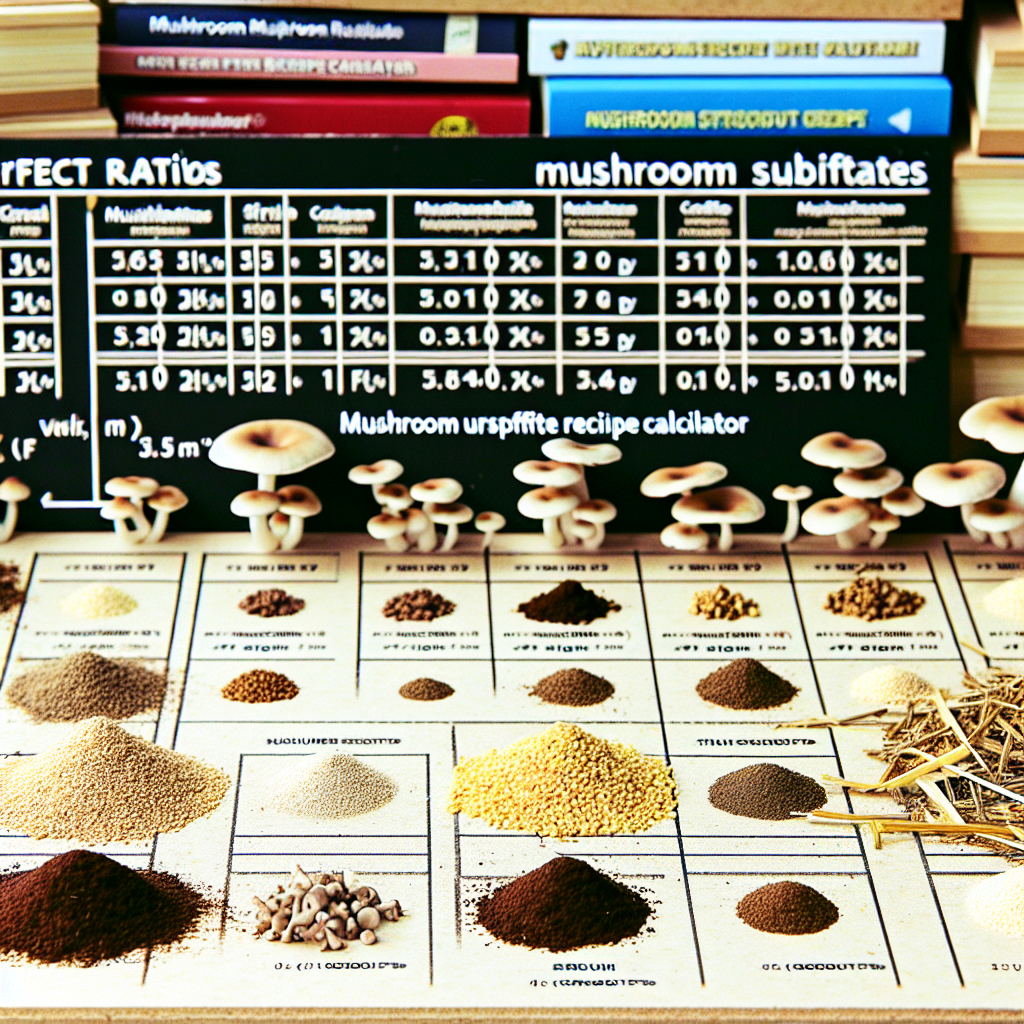The Challenge of Chronic Pain Management
Chronic pain management is a debilitating condition affecting millions worldwide, cutting across age groups and conditions. For decades, treatment options have largely revolved around non-steroidal anti-inflammatory drugs (NSAIDs), and other pharmacological agents. However, these traditional treatment methods often come with severe side effects, ranging from gastrointestinal distress to the risk of addiction. With the rise of the opioid epidemic, the search for alternative pain treatments has become more urgent than ever. Enter cannabis—a centuries-old medicinal plant gaining new traction in modern clinical practice.
Cannabis as a Promising Alternative
Cannabis has emerged as a promising candidate for pain management, leveraging the unique properties of its cannabinoids THC and CBD. These compounds interact with the endocannabinoid system, a key regulator of pain, mood, and inflammation in the human body. Unlike opioids, cannabis offers a multi-faceted approach to pain relief, targeting both the physical and psychological aspects of chronic pain. Furthermore, its ability to serve as an adjunct therapy—enhancing the efficacy of opioids while minimizing their required dosages—has revolutionized how healthcare providers approach pain treatment.
Introduction to the Study
This article delves into the science behind cannabis’s effectiveness in managing chronic pain, reviews condition-specific protocols supported by clinical evidence, and examines its potential as a safer alternative to traditional painkillers.
Clinical Evidence for Neuropathic Pain
Cannabis has proven to be highly effective in managing neuropathic pain treatment—a type of pain that is notoriously difficult to treat with conventional medications:
Diabetic Neuropathy Treatment: A randomized clinical trial published in Pain Medicine (2021) found that vaporized cannabis reduced pain scores by 40% in diabetic patients, outperforming gabapentin in long-term pain management effectiveness.
Chemotherapy-Induced Neuropathy Treatment: Cancer patients have reported significant relief using sublingual cannabis extracts. A 2020 study in Oncology Research demonstrated improved nerve function and reduced pain intensity with daily cannabis use.
Complex Regional Pain Syndrome Treatment (CRPS): Case reports have shown dramatic improvements in mobility and pain levels with tailored THC:CBD therapies, particularly in patients unresponsive to opioids.
Inflammatory Pain Management
Chronic inflammatory diseases like rheumatoid arthritis and Crohn’s disease represent another area where cannabis shines. By activating CB2 receptors, cannabis directly mitigates inflammation, reducing both pain and tissue damage:
Rheumatoid Arthritis Treatment: A 2022 clinical study in Rheumatology Advances showed that patients using CBD-dominant oils experienced a 60% reduction in joint swelling and an overall improvement in quality of life metrics.
Osteoarthritis Treatment: A topical CBD application trial, published in Arthritis Care & Research (2021), revealed significant pain reduction and increased mobility in knee osteoarthritis patients.
Synergistic Effects with Opioids
One of cannabis’s most groundbreaking benefits lies in its opioid-sparing properties. Research has repeatedly demonstrated that cannabis can enhance the pain-relieving effects of opioids, allowing for lower dosages and fewer side effects:
A 2021 study in The Journal of Pain Management found that co-administration of cannabis reduced opioid requirements by 40% without compromising pain relief, significantly lowering the risk of dependence.
Cannabis has also been shown to help manage withdrawal symptoms in patients tapering off long-term opioid use, as evidenced by a 2020 study in Addiction Science & Clinical Practice.
Specialized Treatment Protocols
Personalized treatment protocols are essential to harness the full potential of cannabis in pain management. These protocols are informed by clinical research and individual needs:
Dosing Strategies: Initiating therapy with a “start low and go slow” approach is key to minimizing side effects. Microdosing THC while maintaining a higher CBD ratio has proven effective for inflammatory conditions.
Cannabinoid Ratios for Pain Management: Neuropathic pain often responds best to THC-dominant formulas, while inflammatory pain benefits more from CBD-rich products due to their potent anti-inflammatory effects.
Cannabis Administration Methods: Vaporizers provide rapid relief for acute pain, whereas edibles or capsules offer sustained pain control for chronic conditions. Topical creams are especially effective for localized inflammation and joint pain.
Treatment Monitoring: Clinicians emphasize the importance of regular patient follow-ups to evaluate pain intensity, side effects, and quality of life. Tools like digital pain diaries help patients and providers refine treatment protocols over time.
Safety Profile and Side Effects
While cannabis is generally well-tolerated, side effects such as dizziness, dry mouth, and mild cognitive impairment can occur, particularly with THC-rich products. Starting with low doses and gradually increasing them minimizes these risks. Additionally, cannabis is non-lethal and has a much lower potential for addiction compared to opioids, making it a safer long-term option for chronic pain sufferers.
Looking to the Future
Cannabis is reshaping the landscape of chronic pain management, offering a versatile and safer alternative to traditional painkillers. Its ability to address complex conditions like neuropathic and inflammatory pain while enhancing the efficacy of opioids positions it as a game-changer in clinical practice. As research continues to expand, condition-specific protocols will become increasingly refined, enabling personalized treatment plans that optimize outcomes.
Healthcare providers and policymakers must continue supporting clinical research and education in cannabis medicine to ensure cannabis’s safe and effective integration into mainstream medicine. With its proven efficacy and safety profile, cannabis is more than just an alternative—it is a cornerstone of modern pain management strategies.
References
Pain Medicine (2021) – “Efficacy of Vaporized Cannabis in Neuropathic Pain.”
Oncology Research (2020) – “Cannabis Extracts for Chemotherapy-Induced Neuropathy.”
Rheumatology Advances (2022) – “CBD in Rheumatoid Arthritis Treatment.”
Arthritis Care & Research (2021) – “Topical CBD for Osteoarthritis.”
The Journal of Pain Management (2021) – “Opioid-Cannabis Synergy in Pain Relief.”
Addiction Science & Clinical Practice (2020) – “Cannabis for Opioid Withdrawal Management.”




